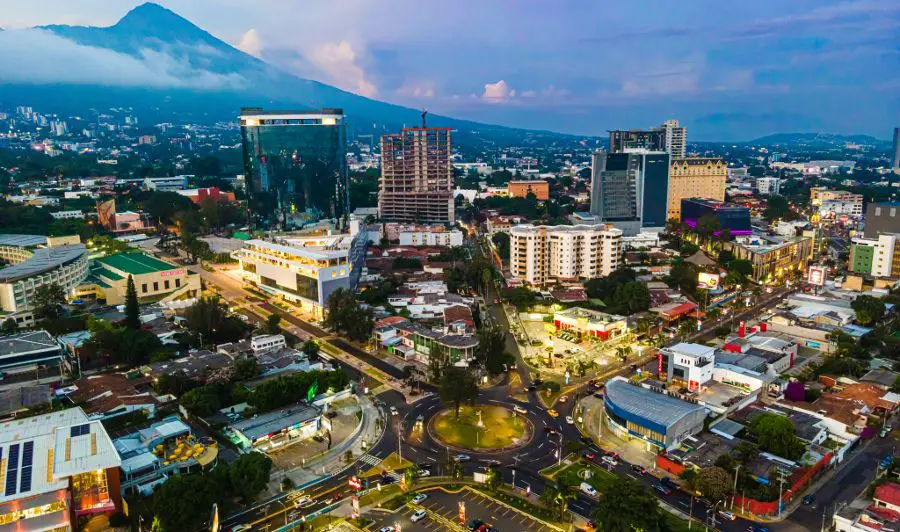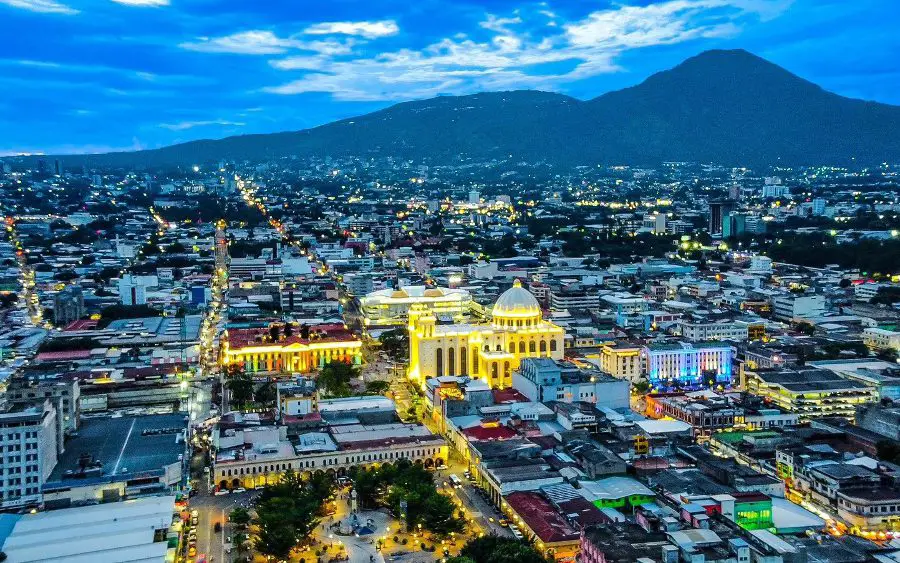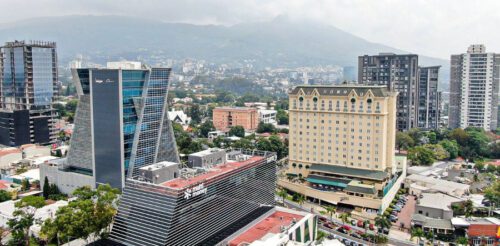For years, San Salvador, the capital of El Salvador, stood as a symbol of urban violence, plagued by rampant gang activity, extortion, and one of the highest homicide rates in the world.
The city’s name was a constant presence on the infamous list of the 50 Most Violent Cities in the World. But since 2019, something remarkable has happened—San Salvador dropped off that list and is showing no signs of returning.
What changed after 2019? The solution has been a combination of government-led crackdowns on criminal networks, comprehensive reforms, and aggressive security strategies that have transformed the nation’s capital.
| Year | Homicide rate per 100,000 People | Rank | Link |
|---|---|---|---|
| 2024 | 2.09 | — | Report |
| 2023 | 4.18 | — | Report |
| 2022 | 9.23 | — | Report |
| 2021 | 27.0 | — | Report |
| 2020 | — | — | Report |
| 2019 | — | — | Report |
| 2018 | 50.32 | 24 | Report |
| 2017 | 59.06 | 17 | Report |
| 2016 | 83.39 | 7 | Report |
| 2015 | 108.54 | 3 | Report |
| 2014 | 61.21 | 13 | Report |
| 2013 | 44.74 | 27 | Report |
| 2012 | 32.48 | 44 | Report |
| 2011 | 58.63 | 20 | Report |
| 2010 | 76.12 | 16 | Report |
| 2009 | 95.00 | 3 | Report |
| 2008 | 49.00 | 7 | Report |
Safety Has Improve in San Salvador
Thanks to the efforts of the Salvadoran police and security forces, safety and security have improved in the nation’s capital and the entire country.
Since 2021, San Salvador has not even been the most dangerous city in El Salvador. In 2024, the capital city ranked 11 on the list of the most dangerous places in the country, with a population of over 50,000 people.
| Year | Total Homicides | Homicides per 100,000 Inhabitants |
Most dangerous place in El Salvador rank |
|---|---|---|---|
| 2024 | 7 | 2.09 | 11 |
| 2023 | 14 | 4.18 | 4 |
| 2022 | 31 | 9.23 | 14 |
| 2021 | 91 | 27.00 | *3 |
SEE ALSO: The 10 Most Dangerous Places In El Salvador, Based on Homicides
SEE ALSO: Homicide Rate in El Salvador
Even if we include the population of the San Salvador metropolitan area (AMSS), the rate remains low.
The metropolitan area includes 23 districts across seven municipalities in two departments, San Salvador and La Libertad.
| Year | Population | Total Homicides | Homicides per 100,000 Inhabitants |
|---|---|---|---|
| 2024 | 2,016,811 | 25 | 1.24 |
| 2023 | 1,251,269 | 32 | 2.6 |
| 2022 | 1,252,955 | 97 | 7.74 |
| 2021 | 1,254,883 | 211 | 16.81 |
SEE ALSO: Days Without Homicides in El Salvador
How San Salvador Left the World’s Most Violent Cities List
San Salvador left the world’s most violent cities list thanks to the government’s aggressive Territorial Control Plan and the controversial but effective State of Exception.
These decisive security measures drastically reduced homicides and transformed the capital city’s social and cultural dynamics and the country.

From Chaos to Control: The Turning Point in 2019
The security shift at the nation’s capital began in 2019 when President Nayib Bukele took office and immediately rolled out the Territorial Control Plan (Plan Control Territorial).
The government designed this multi-phase security strategy to wrest control of neighborhoods from gangs and restore law and order.
The Territorial Control Plan added more police and military presence with high-tech monitoring devices to high-crime areas. It also added social service projects and infrastructure in underdeveloped regions.
Crushing the Gangs: The State of Exception
The most dramatic step came in March 2022, when the government declared a State of Emergency (Estado de Excepción) following a weekend spike in gang-related killings.
What followed was an unprecedented crackdown on organized crime. In less than three years, authorities have arrested over 86,000 suspected gang members and collaborators, effectively dismantling the core structures of MS-13 and Barrio 18, two of the most notorious gangs in the region.
Under the State of Exception, security forces neutralized traditional gang strongholds in San Salvador. Violence declined, and neighborhoods that were once dangerous and called “red zones” became safer.
The Salvadoran State of Exception is controversial due to reported human rights violations, including mass arrests and limited due process.
However, despite criticism, most Salvadorans support the harsh security measures, crediting them with restoring peace and reclaiming public spaces once controlled by gangs—including San Salvador, the nation’s capital.
SEE ALSO: El Salvador State of Exception: A Security Measure Implemented to Fight Gangs
Public Support and Social Development
Though the security policies have raised concerns among human rights groups due to mass detentions and alleged abuses, the public perception within El Salvador remains overwhelmingly positive—citizens report feeling safe in neighborhoods where fear once ruled.
The government also began investing in social development, building schools, libraries, parks, and community centers in previously neglected areas in San Salvador.
These changes have improved the quality of life in the capital city and helped prevent young people from falling into the cycle of gang recruitment.
While violence has dropped in San Salvador, some experts warn that crime might’ve just gone underground—like cybercrime or stuff happening inside prisons.
Still, street-level crime and public killings have taken a big hit. The city’s now enjoying a level of peace and calm it hasn’t seen in decades.

A Capital Transformed: Out of the 50 Most Violent Cities in the World
San Salvador didn’t just drop off the world’s most violent cities list by chance—it’s the result of profound changes, from challenging security plans to decisive political action and a new approach to public safety.
Sure, there’s still work to do, but the city’s moving far from its violent past.
As of today, there are no signs that the capital of El Salvador is returning to its former status—and that, for millions of Salvadorans, is a victory worth celebrating.

 San Salvador Historic Downtown
San Salvador Historic Downtown



